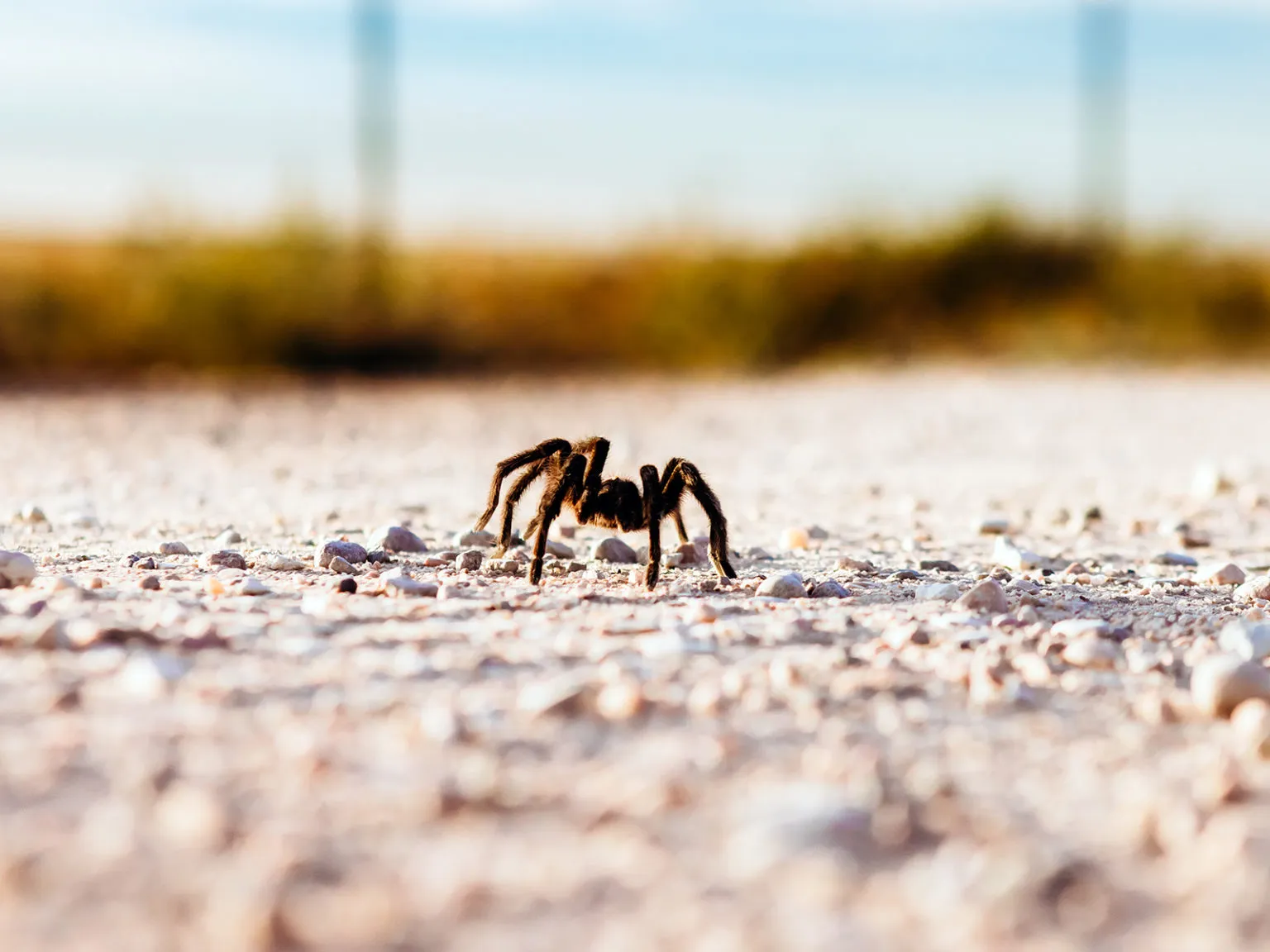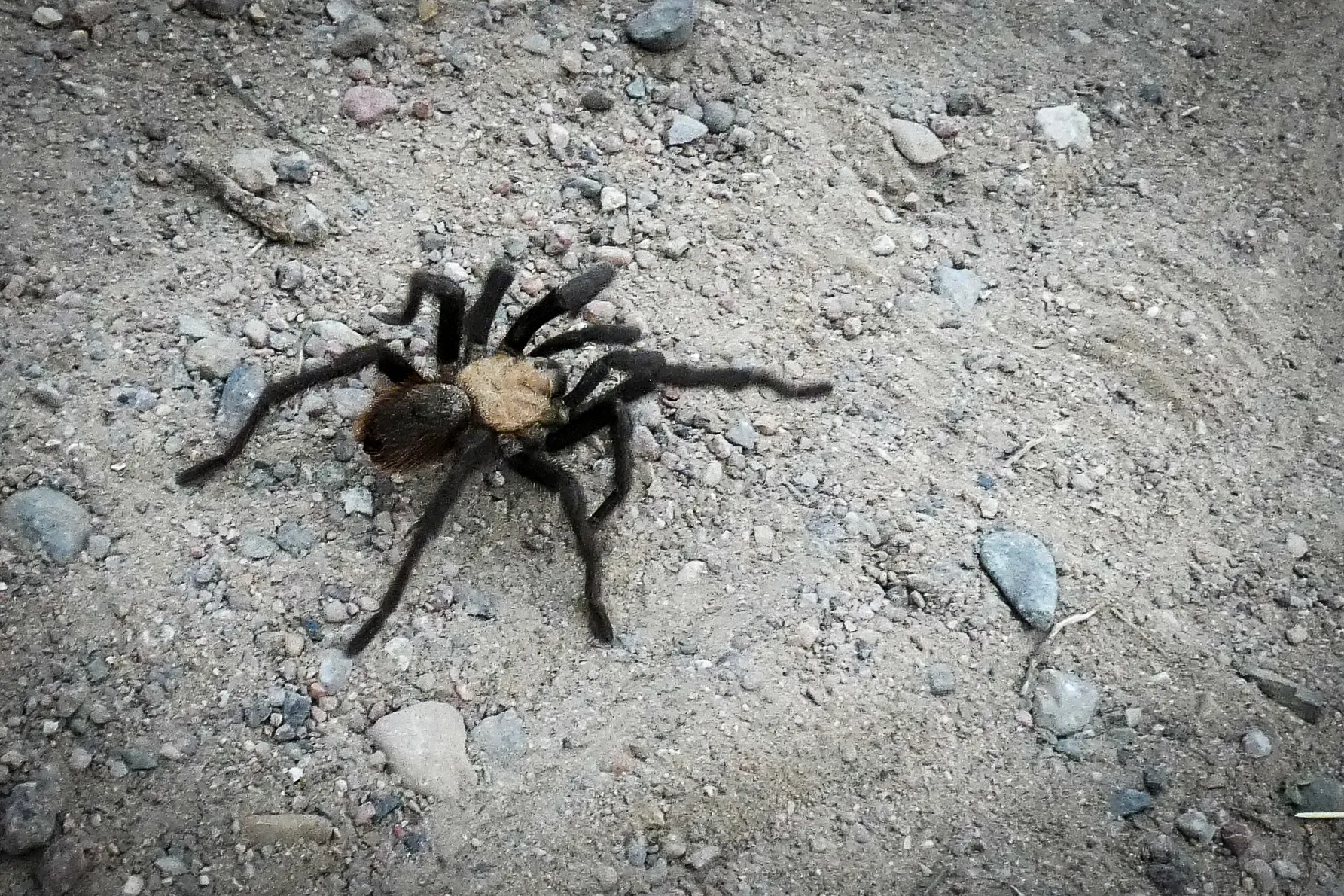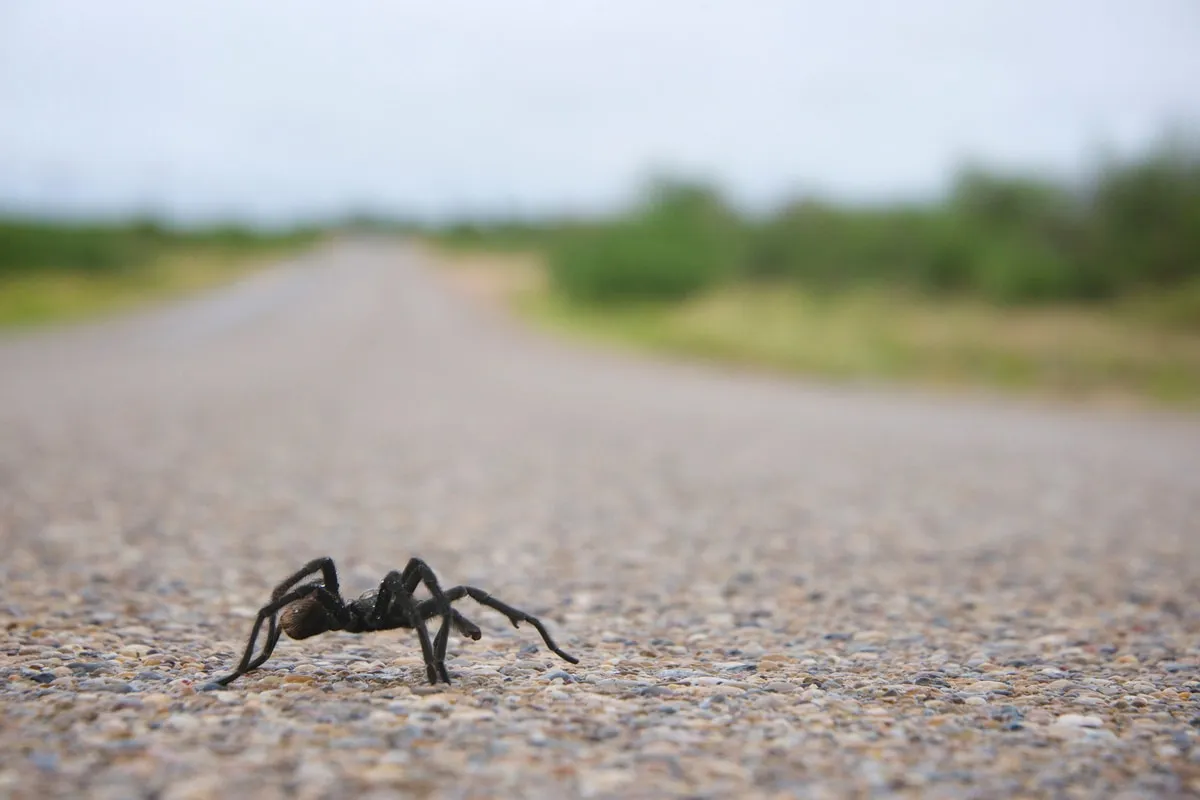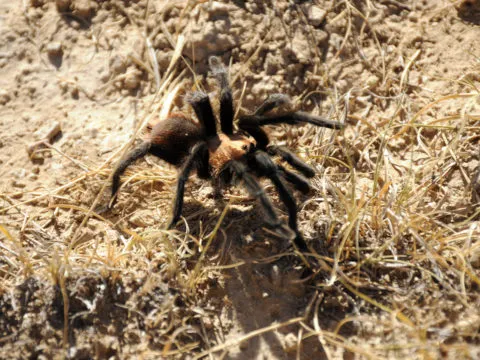What is a Colorado Tarantula Spider
The Colorado tarantula spider, scientifically known as Aphonopelma, is a fascinating and often-misunderstood creature that calls the state of Colorado home. These large, hairy spiders are a sight to behold, and they play a vital role in the local ecosystem. Contrary to popular belief, Colorado tarantulas are generally not aggressive towards humans. They prefer to avoid confrontation and will only bite if they feel threatened. Their primary defense mechanism is to flick urticating hairs from their abdomen, which can cause irritation. Understanding these spiders is the first step in appreciating their unique place in Colorado’s diverse wildlife. They are a significant part of the state’s biodiversity and worth learning about.
Appearance and Identification
Identifying a Colorado tarantula involves recognizing its key features. These spiders are typically large, with body lengths ranging from 2 to 3 inches, and leg spans that can reach up to 5 inches or more. Their bodies are covered in a dense layer of hairs, which can vary in color. One of the most distinctive features is their size and robust build. Compared to other spiders, the Colorado tarantula is noticeably larger, which makes identification easier. They also have eight eyes, arranged in two rows, and two body segments, the cephalothorax (fused head and chest) and the abdomen. The pedipalps, small leg-like appendages near the mouth, are also helpful in distinguishing males from females.
Size and Characteristics

The sheer size of a Colorado tarantula is often the first thing people notice. These spiders are quite hefty, and their leg span can be impressive. The body itself is also thick and robust, giving them a powerful appearance. The size is an adaptation that helps them hunt prey and protect themselves from predators. Their sturdy legs and strong bodies allow them to navigate diverse terrains and effectively capture their meals. The size also plays a role in their mating rituals, with males using their size to compete for mates. The size of the tarantula is an important characteristic for anyone interested in observing these creatures.
Color Variations
The coloration of Colorado tarantulas can vary, adding to their visual appeal. They often exhibit shades of brown, ranging from a lighter tan to a dark, almost black hue. Some individuals may have reddish or orange hairs, especially on their legs and abdomen. These color variations can be influenced by factors like age, sex, and the specific environment they inhabit. The overall appearance is typically a blend of these colors, allowing them to blend in with their surroundings. The colors serve as camouflage, providing protection from predators and helping them ambush prey. Observing these color variations can be a rewarding part of spotting these spiders.
Habitat and Range of Colorado Tarantula Spiders
Colorado tarantulas have specific habitat preferences, which are essential to understand if you are trying to find them. They primarily inhabit the grasslands and open woodlands of eastern and southern Colorado. These spiders favor areas with well-drained soil, where they can dig burrows to shelter in. They are often found in areas with sparse vegetation, as these conditions allow them to effectively hunt. The distribution is not uniform across the state, with higher concentrations in specific regions. Their range aligns with the appropriate climates and ecosystems needed for their survival, which includes moderate temperatures and sufficient insect populations. The knowledge of their habitat significantly improves your chances of encountering these spiders.
Where to Find Colorado Tarantulas

To locate Colorado tarantulas, focus on areas that match their habitat preferences. Look for open grasslands, prairie landscapes, and lightly wooded areas in eastern and southern Colorado. Pay close attention to the soil, as they prefer areas with well-drained, loamy soil suitable for burrowing. They tend to avoid heavily vegetated areas, as the sparse vegetation provides better hunting grounds. It’s important to be observant and patient, as tarantulas are often hidden in their burrows during the day. The best places to search include the edges of trails, along the slopes of hills, and around areas with moderate human disturbance. Remember to respect their habitat and observe from a safe distance.
Best Times for Tarantula Spotting
The best time to spot Colorado tarantulas is during their mating season, which typically occurs in the late summer and early fall, usually from late August to October. During this time, mature male tarantulas leave their burrows in search of mates, making them much more visible. The evenings and early mornings are generally the most active times for them to emerge. Warm, humid nights often trigger increased activity. The best opportunity to see them is shortly after sunset or just before sunrise. During the day, they tend to retreat to their burrows to avoid the heat. Monitoring weather conditions and planning your search accordingly can greatly increase your chances of seeing these impressive creatures.
Tips for a Successful Search
Embarking on a tarantula hunt requires some preparation and patience. Start by researching the specific locations where Colorado tarantulas have been sighted in the past. Choose your time wisely, focusing on the mating season, and plan to search during the evening or early morning. Wear appropriate clothing, including sturdy shoes for hiking and long pants to protect yourself from vegetation. Bring a flashlight or headlamp for low-light conditions, and binoculars can be useful for spotting them from a distance. Be quiet and move slowly, as tarantulas can sense vibrations and may retreat into their burrows. If you are lucky enough to find one, observe it respectfully, and avoid disturbing its natural behavior. Most importantly, be safe and be aware of your surroundings.
Tarantula Behavior

Understanding the behavior of Colorado tarantulas is key to finding and appreciating them. They are primarily nocturnal creatures, most active during the night when they hunt for prey. During the day, they typically stay in their burrows, which they dig in the ground. They are solitary animals, except during mating season when males seek out females. The males will leave their burrows to find a mate. They use sensory organs to detect potential mates nearby. After mating, the males often die. The females remain in their burrows and continue to reproduce. The behavior of these spiders is fascinating. They are a valuable part of the ecosystem.
Hunting and Diet
Colorado tarantulas are opportunistic hunters, feeding primarily on insects and other arthropods. Their diet includes grasshoppers, beetles, and crickets, which they ambush near their burrows. They have strong fangs that they use to inject venom, which paralyzes their prey. They then inject digestive enzymes to liquefy the prey’s insides, allowing them to suck up the nutritious fluids. Tarantulas can go for long periods without eating, often several months, especially during colder periods. Their hunting behavior reflects their place in the food chain, helping to regulate insect populations. They are a natural form of pest control in their habitat. Understanding their diet and hunting methods can add to your appreciation for these arachnids.
Defensive Mechanisms
While generally not aggressive, Colorado tarantulas have defensive mechanisms. Their primary defense involves flicking urticating hairs from their abdomen towards a perceived threat. These hairs cause irritation and can deter potential predators, like coyotes and birds. They may also raise their front legs and display their fangs as a warning. Tarantulas may also resort to biting as a last resort. Their venom is not deadly to humans, but the bite can be painful. Knowing these defense mechanisms helps in understanding how to interact with these spiders safely. It’s important to maintain a respectful distance and avoid actions that might provoke them.
Conservation Status

The conservation status of the Colorado tarantula is generally considered stable, although they face various threats. Habitat loss due to development and agriculture is a significant concern. The use of pesticides can also impact their food supply and health. They are also vulnerable to climate change, which can alter their habitats and affect their prey. It is important to be aware of the challenges they face and support conservation efforts to ensure their continued survival. Promoting responsible land management and habitat preservation is essential for safeguarding these unique creatures.
Protecting the Colorado Tarantula
Protecting Colorado tarantulas requires collective efforts. Supporting conservation organizations that focus on habitat preservation is crucial. Avoiding the use of pesticides in areas where they live can help protect their food source. Educating others about these spiders and their ecological importance can raise awareness and foster respect. If you encounter a tarantula, observe it from a distance and avoid disturbing it or its habitat. Report sightings to local wildlife authorities to help monitor their populations. By taking these steps, we can contribute to the long-term well-being of the Colorado tarantula and its environment.
What to Do if You Find One
If you are fortunate enough to find a Colorado tarantula, remember to approach it with respect and caution. Observe the spider from a safe distance, allowing it to behave naturally. Do not attempt to handle or touch the tarantula. They are best admired from afar. Avoid disturbing the spider’s habitat by stepping on its burrow. If you see a tarantula on a road, you could assist it by gently moving it to the side of the road. If you want to report your sighting, contact your local wildlife authorities. By acting responsibly, you can contribute to the conservation of this amazing species and ensure that others have the opportunity to experience it too.
